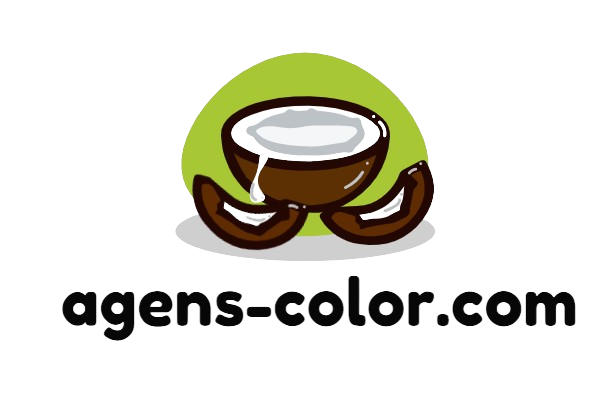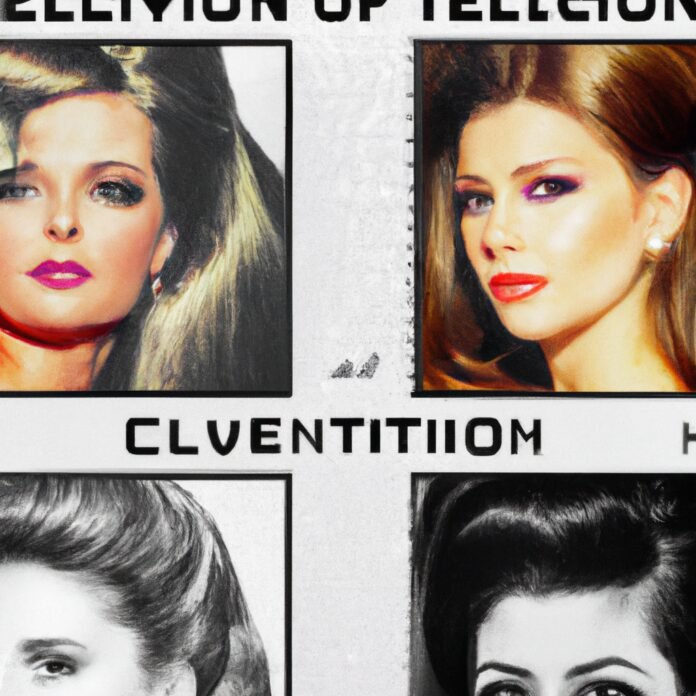The way in which people view beauty has evolved over time, and these changes can be seen in the beauty trends of popular celebrities throughout the decades. From the bombshell style of the 1950s to the ‘barely there’ makeup of the 2010s, celebrities have been catalysts for defining the changing ideals of beauty – and we’ve been along for the ride. In this article, we explore the changing beauty trends of celebrities, tracing the evolution of celebrity beauty over the past few decades.
1. From Flapper to Fros: The Evolution of Celebrity Beauty Trends
Through the decades, the realm of celebrity beauty has gone through sweeping changes. What counts as fashionable has changed time and time again, creating an array of trends that still mark the cultural landscape. Here are some of the most memorable celebrity beauty trends throughout history, from flapper glamour to the cool-girl wave of the 2000s.
- The ’20s: Flapper Glamour
In the 1920s, the iconic image of the flapper popularized by bright stars like Clara Bow and Louise Brooks emerged. Their flat silhouettes were complemented with short bobbed hair styles, dark eyes, and a jaded, playful attitude that made flapper glamour all the rage. The ’20s saw the popularity of vampy red lips and bold brows, which complemented the heavy dropped-waist gowns and feathery headpieces of the era.
- The ’80s: Big Hair & Spandex
A thoroughly different look defined the 1980s. Driven by the popularity of pop stars like Madonna, the decade saw the rise of an unashamedly sexy aesthetic with big hairstyles, bold makeup, and plenty of leather and spandex. Glam rock and new wave music blended with punk and disco to create a unique fashion mix and liberally applied hairspray held everything in place.
- The ’00s: Cool-Girl Chic
In the early 2000s, a new wave of superstars, from Jessica Alba to Kate Moss, further emphasized a girl-next-door aesthetic popularized by beauty giants like Benefit and Too Faced. Natural-looking makeup, bedhead waves, and signature shades of mauve and berry conveying subtle glamour became the benchmarks of cool-girl beauty. The focus now was on effortless, achievable looks, with perennial favorites like bronzer and lip balm forming the core of the routine.
2. Decades of Do’s and Don’ts in Hair, Makeup, and Accessories
1920s: Flapper Chic
The 1920s marked a bold new era of fashion for women. Skirts and dresses got significantly shorter and cloche hats dominated the hair scene. Women began to wear more makeup and accessorize with flashy jewelry. Dressy leather shoes completed the look.
Here are some key do’s and don’ts:
- Do: Invest in finger waves to create the iconic flapper look.
- Do: Try out bold red lipstick and mascara.
- Do: Wear stockings with sheer panels.
- Don’t: Forget to pair outfits with a cloche hat.
- Don’t: Wear flapper dresses without a shawl or stole.
1950s: Rockabilly Experimentation
The 1950s saw a shift in style with the introductions of rockabilly and pinup looks. Bold colors like red and pink were commonplace, as were cat-eye glasses. Sleek hair and dramatic lashes completed the rockabilly look.
Here are some key do’s and don’ts:
- Do: Mashup pinup girls style with modern flare.
- Do: Boldly wear winged eyeliner.
- Do: Paint nails in shades of red, pink, or purple.
- Don’t: Forget to tease hair for an extra bit of height.
- Don’t: Wear cat-eye glasses with round-lensed glasses.
1980s: Fashion Rebellion
The 1980s saw the shift to punk fashion and other rebellious styles. Colors and prints were used in unexpected ways and power dressing for the workplace was a huge trend. Hair was brightly colored, crimped and teased to great heights.
Here are some key do’s and don’ts:
- Do: Get creative with acid wash jeans.
- Do: Tease hair for the classic big-hair look.
- Do: Wear a few bold accessories.
- Don’t: Wear too many accessories—they can easily look too busy.
- Don’t: Forget to brightly color hair and makeup.
3. An Exploration of Flashy Fashions Through the Years
Fashion has undergone immense transformation across time and space. Each era has put forth its own lavish interpretation of attire, which contribute ingrained elements to global culture. Taking a look at the procession of flashy fashions, one can see how personal styles have shaped generations.
Elizabethan Styles of Luxury
In the 15th century, grand gowns and brilliant colors were the name of the game for fashionable Europeans. Ladies adorned themselves in intricate ruffles and fabrics full of flounce and bounce. Glamorous accessories such as pearl necklaces, bejeweled earrings, and feathered hats completed the look. For noble men, doublets, cloaks, and feathered caps were popular.
Roaring 20s Frolic and Flamboyance
The hedonism of the 1920s brought about swinging fabrics and dramatic silhouettes. Skirts became shorter and more daring, while fringes and luxurious fabrics like velvet and silk became the order of the day. Bright colors adorned the clothing of the period. Accessories such as headbands, earrings, and vibrant ties were in vogue. Beaded bags and large hats were definite show-stopping ensemble pieces.
The Punk Revolution of the 1970s
This decade marked an eclectic mix of punk, glam, rock, and disco styles – each with a special flair of their own. Punk fashion, however, was the most iconic trend of the time. Ripped T-shirts, denim, and leather jackets, with the occasional addition of a brightly colored Mohawk hairstyle, made a strong statement.
- Biker jacket with daring rivets and studs
- Platform boots with razored edges
- Graphic tees with loud, rebellious slogans
From palatial ruffles of the past to the punk attitude of today, trending fashion across the centuries definitely allows us to explore style and creativity in many, diverse ways.
4. The Impact of Media on How We View Beauty
Beauty is a form of self-expression, and societal norms regarding what constitutes beauty have developed from an array of cultural influences. In recent years, we have seen a sharp rise in media’s impact on how we view beauty, as it is one of the most powerful forms of communication and persuasion.
The effects of media on body image are no doubt far-reaching. From the idealized beauty standards featured in commercials and magazines to the dichotomy of gender roles portrayed in films, media constructs what society perceives as attractive. As a result, a person’s level of self-confidence can be adversely affected by not attending to beauty standards.
Moreover, media has a strong role in dictating socially accepted behaviours related to beauty. For instance, a beauty commercial showcasing a woman preening in front of a mirror suggests that self-care and attractiveness go hand-in-hand. Similarly, an advertisement featuring a fit and tanned individual suggests that an individual must work hard to achieve a certain physique in order to be deemed attractive.
It is essential to recognize that media’s representation of beauty is often oversimplified and exaggerated. Consumers should be aware of media’s influence on their own body image attitudes, and remember that it is important to focus on being healthy and being authentic instead of succumbing to unrealistic beauty ideals.
After tracing the evolution of celebrity beauty trends and observing the inspiring trail of groundbreaking beauty moments, we can see that beauty is constantly changing and evolving. Trends may come and go, but one thing is certain – beauty will never go out of style.


